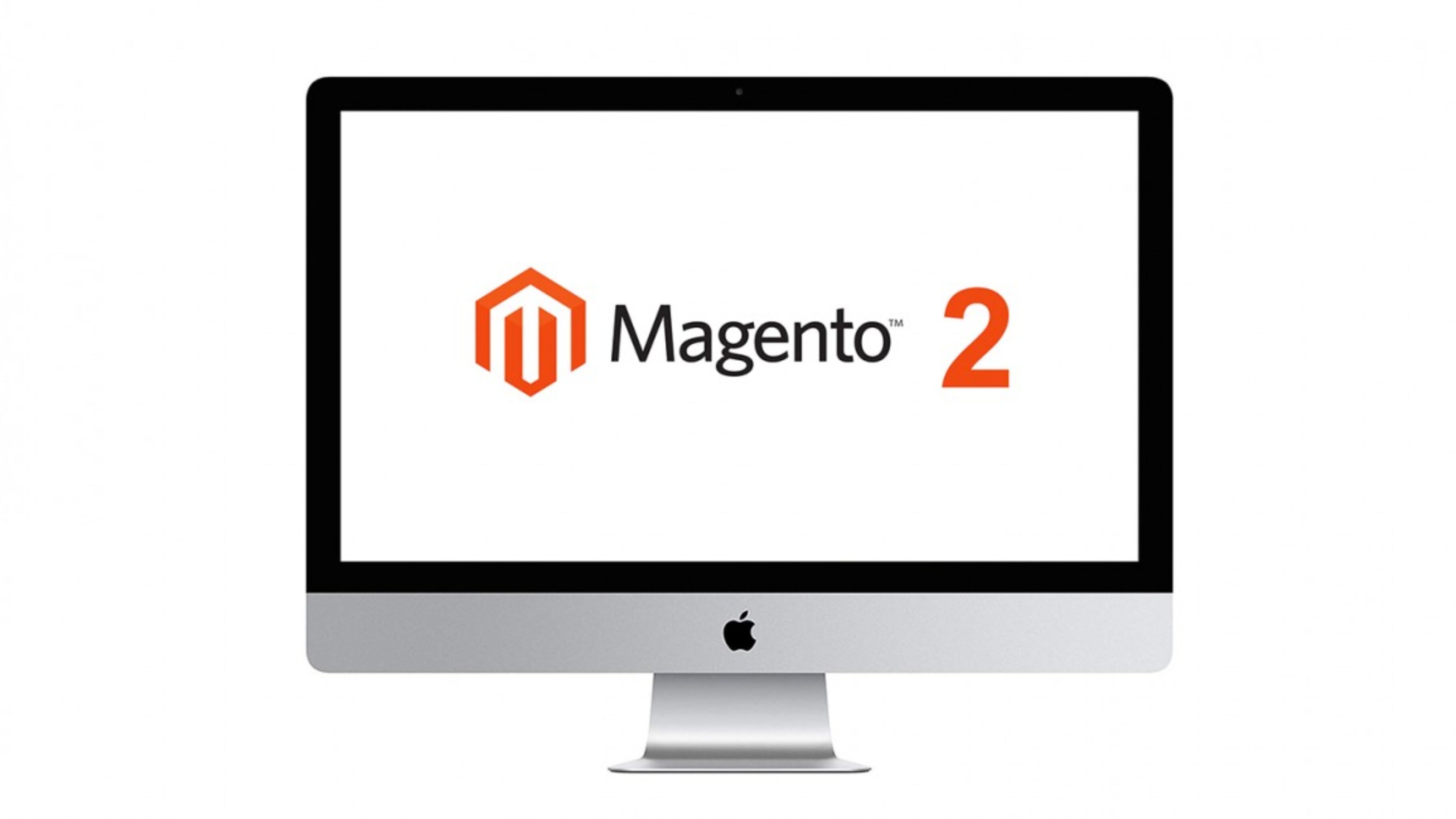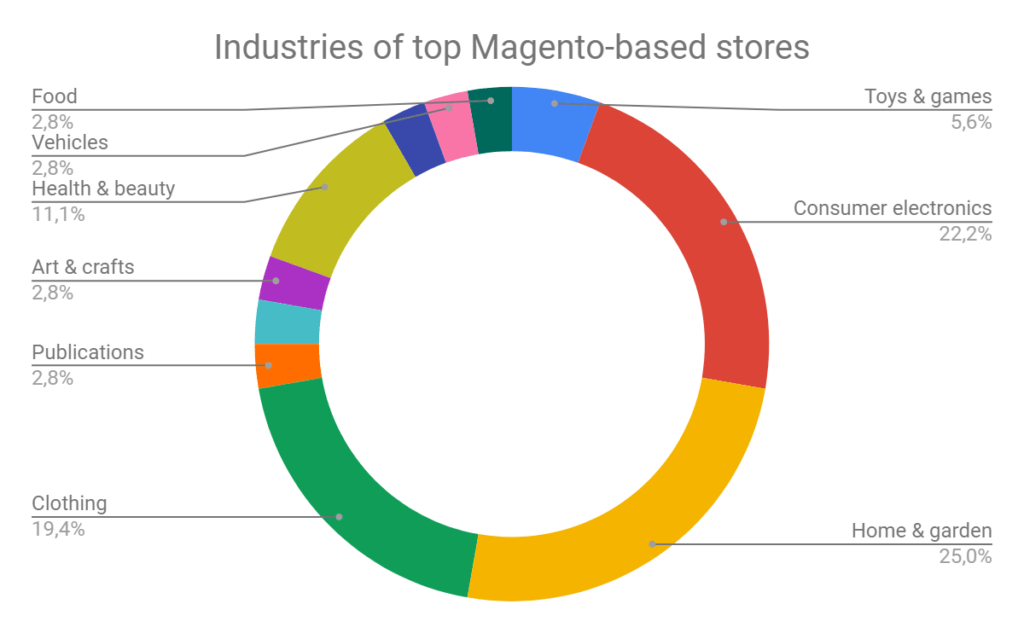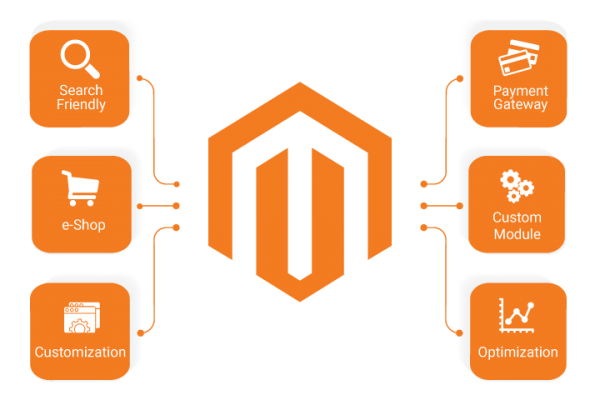We at Superb develop Magento 2 websites. That’s one of the products we’re selling. We do it because we think it is the best software for the job and probably right for your needs. We know it’s a strong proposition, so we would like to explain it thoroughly.
To get to the bottom of the matter, we interviewed Superb’s Developers Team. We tried to take a potential client’s position and ask the questions you all may have. Since some clients will be more technically-minded than others, we included some information just for them. Why is the original Magento being phased out?
Let’s start with the basics. The first Magento 2 version came out on November 17, 2015. The behemoth Adobe acquired the company in 2018. With its resources and expertise, the platform is expected to grow exponentially. According to Hosting Tribunal: “over 250,00 active sites use Magento”, but “only 11,000 of those run on Magento 2.”
In June 2020, the company will stop support for the original version of the software. Our Dev Team gives us context: “Since mid-2014, Magento 1 hasn’t had any new major releases. Magento and Adobe’s priority was creating the newer Magento 2 framework, so, understandably, Magento wouldn’t be able to support two platforms indefinitely.”
So, what will happen to those web stores when support ends?
Superb’s Devs continue: “Magento 1 sites will become increasingly vulnerable to security threats, and there won’t be further features or innovations. This puts the security of your customers and your business at risk and makes you liable for fines, losses, and costs incurred as a result of a breach”.
Furthermore, using Magento 1 after June 1, 2020, makes you unable to comply with the Payment Card Industry Data Security Standards (PCI DSS), which can result in non-compliance fines”. So, it IS a big deal. And it makes those figures at the beginning of this section a little alarming. 239.000 sites at risk?
But…is, is time to move on?
If you already have a Magento store, migration is a big decision. And the whole process would be a huge undertaking. Maybe you’re having trouble figuring out what to do next, how to progress. This step by step guide provided by a member of the Magento community might help. It’s about “how to accomplish migrating smoothly”, and based on “real-world experience”.
They provide a few reasons to migrate now that are hard to argue with:
- Cost of development/support of your current site: You may have some new features and improvements planned for development soon. If you implement those now on M1, and then later again on M2, you have mostly paid for development twice. (…)
- Features of Magento2: If you need/want the features in M2 now, it may make more sense to migrate than to implement them on M1. Also, keep in mind that Magento is now only developing new features for M2. M1 will receive no further new features from Magento.
- Planning, implementing, testing and deploying a migration to M2 can take a substantial amount of time. Merchants that want to migrate by the deadline should start right away.
What are Magento 2’s main improvements over the previous version?
According to our developers, the original version’s main issue was the old system architecture, which has been improved. They also added new features like “Magento performance toolkit, improve indexers, Varnish.” Also, full-page caching allows a faster page load, which helps with both SEO and user experience.
Another improvement is the admin panel, which “is user-friendly and interactive. It allows finding information quickly, navigates to all parts of the admin panel and manages your store more efficiently”.
And for our technically-minded audience: “The Magento team has changed the stack incredibly by adding various new technologies, notably: Apache, Composer, Symfony, Nginx 1.7 or higher. The new version of Magento uses popular platforms like Zend and PHP 5.3 framework for managing performances of the database access layer, cache engine and translations.
What are the main differences between Magento 2 and other e-commerce platforms?
Taking the role of clients, we asked for more details. Superb’s developers replied: “Magento is renown for its flexibility and expandability. If you can dream of functionality, it’s most likely possible through Magento. Some of the built-in features include Mobile Optimized Shopping, Global Selling, B2B Functionality, Business Intelligence Dashboards, Site Search, Instant Purchase, and Visual Merchandising. A few of the features are open source while others are available for purchase or free through third-party extensions.
Magento is the best eCommerce platform for developers but is used daily by store owners and admins. In the new version, the dashboard has been made to be user-friendly and intuitive.
Besides these improvements, you will also enjoy the fact that Magento is an open-source platform. This means you will only have to pay for the hosting. There is also a large community of Magento users, and many of the members are willing to help you navigate the platform.”
We thought you also needed to know about the technical skills necessary and the reasons why hiring a professional web developer would be a good idea. “It can be hard to set up or make first steps with Magento 2 without basic technical skills. It is super important for an e-commerce website to be robust and secure, and only professional web developers can guarantee it. Also, a qualified web developer can migrate your store to Magento 2 from Magento 1, knowing all details and specifics.”
Are you looking for help?
Choosing Magento 2 is more cost-effective and reliable than other solutions. But, if you are still in doubt, here’s another reason: Your eCommerce business will be able to run promotions and special offers smoothly thanks to the default Magento functionality. This feature allows store admins to apply discounts to individual products or to set up rules when a set of conditions is met, which means saving you time thanks to automation.
Migrating a whole website is never an easy task, but the better as you start doing it. Besides, if you still use Magento 1 after June 2020, you will be putting your website and your business at risk.
If you need help to make a decision, we are happy to assist you. We’ve developed more than 600 eCommerce websites, and we know how to do it properly. To be sure, check out the description of the four critical stages every project goes through. If you have any additional questions, don’t hesitate to leave them in the comments. One of our experts will answer it promptly.
—
Eduardo Próspero. Content developer and author.










